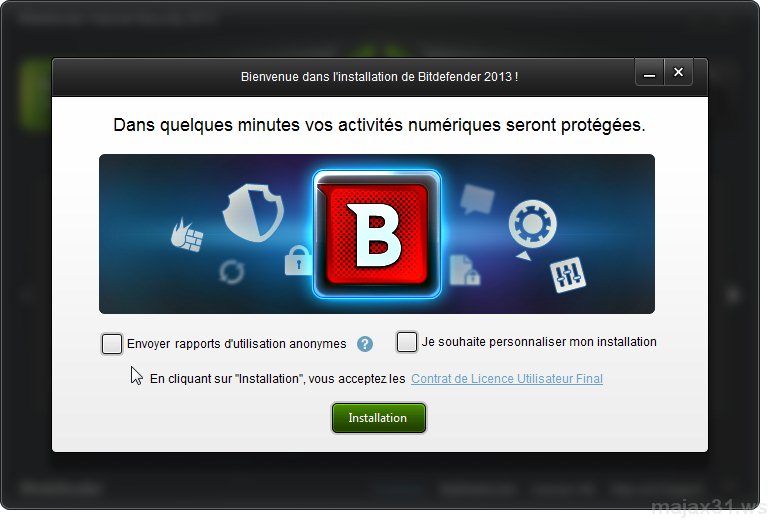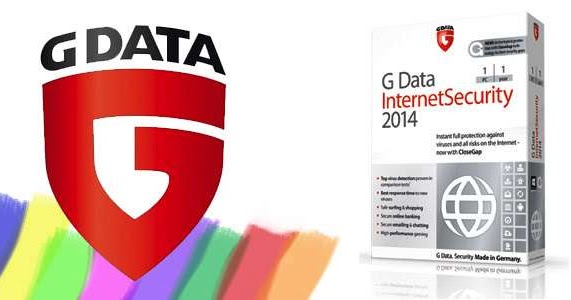

- #G DATA ANTIVIRUS 2015 KEY UPDATE#
- #G DATA ANTIVIRUS 2015 KEY SOFTWARE#
- #G DATA ANTIVIRUS 2015 KEY WINDOWS#
There you find "Windows Defender Scheduled Scan" which you need to double-click on.
#G DATA ANTIVIRUS 2015 KEY WINDOWS#
Navigate to Task Scheduler Library > Microsoft > Windows > Windows Defender.You may get an UAC prompt that you need to accept.Type taskschd.msc and hit enter to open the Windows Task Scheduler.If both methods outlined above don't work, you may still have another ace up your sleeve that you can try out.


Method 3: Normal disable and Task Scheduler To restore Windows Defender at a later point in time, delete the key or set its value to 0. Right-click on Real-Time Protection and select New > Dword (32-bit) Value, and name it DisableRealtimeMonitoring.Go to HKEY_LOCAL_MACHINE\SOFTWARE\Policies\Microsoft\Windows Defender\Real-Time Protection.If the preference does not exist, right-click on Windows Defender and select New > Dword (32-bit) Value, and name it DisableAntiSpyware.If you see the preference DisableAntiSpyware on the right double-click on it and set it to 1 to disable Windows Defender.Navigate to the following key: HKEY_LOCAL_MACHINE\SOFTWARE\Policies\Microsoft\Windows Defender.Tap on the Windows-key to open the Start Menu.Basically, it is the same setting that gets written to it when you disable the application in the Group Policy Editor. You may disable Windows Defender in the Windows Registry as well. It cannot be used anymore to disable Microsoft Defender Antivirus on Windows 10. 8, introduced a change that ignores the Registry entry.
#G DATA ANTIVIRUS 2015 KEY UPDATE#
Update: The August 2020 update for Defender, version. Method 2: Disabling Windows Defender using the Windows Registry To restore the functionality of the app, set the policy state to disabled or not configured. Any attempt to run the program afterwards results in the following error message. Windows Defender is disabled immediately when you make the change.

If you disable or do not configure this policy setting, by default Windows Defender runs and computers are scanned for malware and other potentially unwanted software. If you enable this policy setting, Windows Defender does not run, and computers are not scanned for malware or other potentially unwanted software. There are around 200 useful operations in CyberChef for anyone working on anything vaguely Internet-related, whether you just want to convert a timestamp to a different format, decompress gzipped data, create a SHA3 hash, or parse an X.509 certificate to find out who issued it.This policy setting turns off Windows Defender. It is hoped that by releasing CyberChef through GitHub, contributions can be added which can be rolled out into future versions of the tool.
#G DATA ANTIVIRUS 2015 KEY SOFTWARE#
It should also appeal to the academic world and any individuals or companies involved in the analysis of digital data, be that software developers, analysts, mathematicians or casual puzzle solvers. It is expected that CyberChef will be useful for cybersecurity and antivirus companies. Simple functions can be combined to build up a "recipe", potentially resulting in complex analysis, which can be shared with other users and used with their input.įor those comfortable writing code, CyberChef is a quick and efficient way to prototype solutions to a problem which can then be scripted once proven to work. Complex techniques are now as trivial as drag-and-drop. The interface is designed with simplicity at its heart. CyberChef encourages both technical and non-technical people to explore data formats, encryption and compression.ĭigital data comes in all shapes, sizes and formats in the modern world – CyberChef helps to make sense of this data all on one easy-to-use platform. A simple, intuitive web app for analysing and decoding data without having to deal with complex tools or programming languages.


 0 kommentar(er)
0 kommentar(er)
